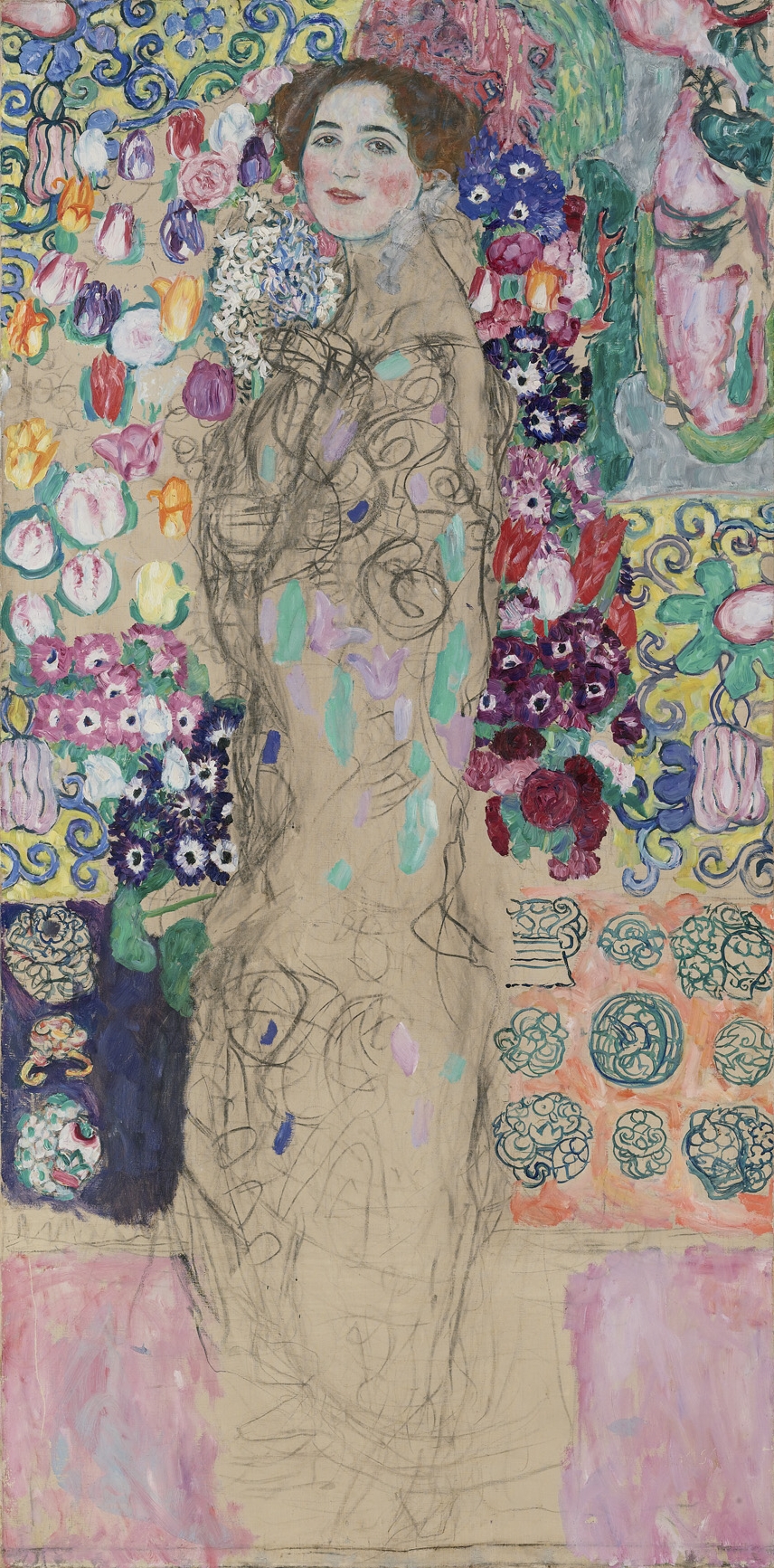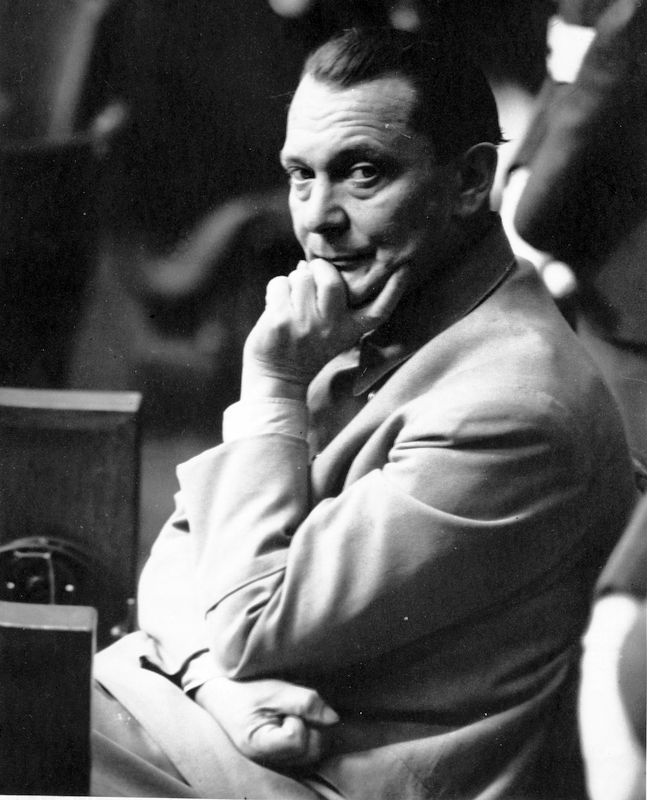|
Commission For Provenance Research
The Commission for Provenance Research (Kommission für Provenienzforschung) is an institution of the Republic of Austria for provenance research, based in Vienna. Created in February 1998 at the Federal Ministry responsible for culture at the time - which is now the Federal Ministry for Art, Culture, the Civil Service and Sport. Its members work as provenance researchers in the various federal museums and collections. Background and mission After Austria merged with Nazi Germany in the Anschluss of 1938, Jews in Austria were persecuted, forced to flee or murdered. Their property was seized or appropriated with or without a verneer of legatlity under anti-Jewish race laws. Under the Austrian Art Restitution Act of 1998, the Republic of Austria has the mandate to proactively research movable art and cultural assets that were seized from their owners during the National Socialist era in Germany, National Socialist era (e.g. in the form of art theft, looted gold or the Aryanization o ... [...More Info...] [...Related Items...] OR: [Wikipedia] [Google] [Baidu] |
Anschluss
The (, or , ), also known as the (, ), was the annexation of the Federal State of Austria into Nazi Germany on 12 March 1938. The idea of an (a united Austria and Germany that would form a "German Question, Greater Germany") arose after the unification of Germany, 1871 unification of Germany excluded Austria and the German Austrians from the Prussian-dominated German Empire. It gained support after the Austria-Hungary, Austro-Hungarian Empire fell in 1918. The new Republic of German-Austria attempted to form a union with Germany, but the 1919 Treaty of Saint-Germain-en-Laye (1919), Treaty of Saint Germain and Treaty of Versailles forbade both the union and the continued use of the name "German-Austria" (); they also stripped Austria of some of its territories, such as the Sudetenland. This left Austria without most of the territories it had ruled for centuries and amid economic crisis. By the 1920s, the proposal had strong support in both Austria and Germany, particularly ... [...More Info...] [...Related Items...] OR: [Wikipedia] [Google] [Baidu] |
M-Aktion
The M-Aktion ("Furniture Action" or also "M-Action", abbreviation for "Möbel-Aktion") was a Nazi looting organisation. Attached to the "Einsatzstab Reichsleiter Rosenberg", starting in early 1942 the M-Aktion looted approximately 70,000 homes of French, Belgian, and Dutch Jews who had either fled or had been deported. Artworks were inventoried separately, photographed, and transported to Germany. The M-Aktion art loot was separated into a number of special type-specific “M-A” collections: paintings and Oriental objets-d’art to weapons and rare books. Most of the Jeu de Paume “M-A” collections were first shipped to Kogl and Sessenberg, in Austria. Belgian collections went mostly to Nikolsburg, a special ERR art repository in Southern Moravia, then part of Austria. A final shipment of 1 August 1944, predominantly of modern art destined for Nikolsburg was stopped by French resistance and never left France. In Paris alone, the "Einsatzstab Reichsleiter Rosenberg" combed thro ... [...More Info...] [...Related Items...] OR: [Wikipedia] [Google] [Baidu] |
Art History
Art history is the study of Work of art, artistic works made throughout human history. Among other topics, it studies art’s formal qualities, its impact on societies and cultures, and how artistic styles have changed throughout history. Traditionally, the discipline of art history emphasized painting, drawing, sculpture, architecture, ceramics and decorative arts; yet today, art history examines broader aspects of visual culture, including the various visual and conceptual outcomes related to art. Art history is a broad discipline encompassing many branches. Some focus on specific time periods, while others concentrate on particular geographic regions, such as the Art of Europe, art of Art of Europe, Europe. Thematic categorizations include feminist art history, iconography, the analysis of symbols, and Design history, design history. Studying the history of art emerged as a means of documenting and critiquing artistic works, with influential historians and methods originating ... [...More Info...] [...Related Items...] OR: [Wikipedia] [Google] [Baidu] |
Cultural History Of Austria
Culture ( ) is a concept that encompasses the social behavior, institutions, and norms found in human societies, as well as the knowledge, beliefs, arts, laws, customs, capabilities, attitudes, and habits of the individuals in these groups.Tylor, Edward. (1871). ''Primitive Culture''. Vol 1. New York: J. P. Putnam's Son Culture often originates from or is attributed to a specific region or location. Humans acquire culture through the learning processes of enculturation and socialization, which is shown by the diversity of cultures across societies. A cultural norm codifies acceptable conduct in society; it serves as a guideline for behavior, dress, language, and demeanor in a situation, which serves as a template for expectations in a social group. Accepting only a monoculture in a social group can bear risks, just as a single species can wither in the face of environmental change, for lack of functional responses to the change. Thus in military culture, valor is counted a ... [...More Info...] [...Related Items...] OR: [Wikipedia] [Google] [Baidu] |
Restitution
Restitution and unjust enrichment is the field of law relating to gains-based recovery. In contrast with damages (the law of compensation), restitution is a claim or remedy requiring a defendant to give up benefits wrongfully obtained. Liability for restitution is primarily governed by the "principle of unjust enrichment": A person who has been unjustly enriched at the expense of another is required to make restitution. This principle derives from late Roman law, as stated in the Latin maxim attributed to Sextus Pomponius, ''Jure naturae aequum est neminem cum alterius detrimentum et injuria fieri locupletiorem'' ("By natural law it is just that no one should be enriched by another's loss or injury"). In civil law systems, it is also referred to as enrichment without cause or unjustified enrichment. In pre-modern English common law, restitutionary claims were often brought in an action for '' assumpsit'' and later in a claim for money had and received. The seminal case giving ... [...More Info...] [...Related Items...] OR: [Wikipedia] [Google] [Baidu] |
List Of Claims For Restitution For Nazi-looted Art
The list of restitution claims for art Nazi plunder, looted by the Nazis or as a result of Nazi persecution is organized by the country in which the paintings were located when the return was requested. Australia and New Zealand Croatia Sweden Austria Belgium Germany Canada The Netherlands Spain United States France Great Britain Hungary Ireland Israel Italy Japan Liechtenstein Czech Republic Switzerland Poland Links to Restitution Reports from National Committees Reports Austria (Provenance Research and Restitution in the Austrian Federal Collections [...More Info...] [...Related Items...] OR: [Wikipedia] [Google] [Baidu] |
Unser Wien (Our Vienna)
''Unser Wien'' (''Our Vienna'') is a book co-authored by Stephan Templ and Tina Walzer that details how hundreds of Jewish businesses in Vienna were seized by the Nazis and never given back. Background Published in 2001, the book catalogued for the first time the hundreds of prominent Jewish-owned properties seized by the Nazis that were never returned, and details the names of famous beneficiaries. The first section of the book, written by Walzer, describes the various methods of looting employed by the Nazis and the fate of the Jewish victims, with references to specific cases and examples which provides historical and political context for the second section of the book. The ''New York Times'' notes that what distinguishes the book is not the history, which was broadly known, but rather the details in the second half of the book, called ''The Topography of Robbery'' which lists businesses, addresses and former and current owners. The second half of the book, compiled by co-a ... [...More Info...] [...Related Items...] OR: [Wikipedia] [Google] [Baidu] |
The Holocaust In Austria
Jews were systematically persecuted, plundered, and killed by German and Austrian Nazis in the Holocaust from 1938 to 1945. Pervasive persecution of Jews was immediate after the German annexation of Austria, known as the Anschluss. An estimated 70,000 Jews (nearly 40%) were murdered and 125,000 fled Austria as refugees. Jews in Austria before 1938 In the 1930s, Jews flourished in Austria, with leading figures in the sciences, the arts, business, industry, and trades of all kinds. At the time of Anschluss with Nazi Germany in 1938, the Jewish population of Austria was approximately 192,000, mostly in Vienna. Austria had a powerful legacy of antisemitism which found its full expression in Adolf Hitler. In 1895, the Austrian anti-Semite Karl Luger won the majority of the seats in the Vienna municipality and was appointed mayor of the Austrian capital. In 1922, intending to mock vicious antisemitism in Vienna where Jewish university students were routinely attacked, the Austrian Hu ... [...More Info...] [...Related Items...] OR: [Wikipedia] [Google] [Baidu] |
Reichsleiter Rosenberg Taskforce
The Reichsleiter Rosenberg Taskforce ( or ''ERR'') was a Nazi Party organization dedicated to appropriating cultural property during the Second World War. It was led by the chief ideologue of the Nazi Party, Alfred Rosenberg, from within the NSDAP Office of Foreign Affairs. Between 1940 and 1945, the ERR operated in France, Netherlands, Belgium, Poland, Lithuania, Latvia, Estonia, Greece, Italy, and on the territory of the Soviet Union in the Reichskommissariat Ostland and Reichskommissariat Ukraine. Much of the looted material was recovered by the Allies after the war, and returned to rightful owners, but there remains a substantial part that has been lost or remains with the Allied powers. Formation The ERR was initially a project of '' Hohe Schule der NSDAP'', a Nazi-oriented elite university, which was subordinate to Alfred Rosenberg. Rosenberg wanted it to be a research institute filled with cultural material on the opponents of the Nazi ideology. These included Jewish, Mas ... [...More Info...] [...Related Items...] OR: [Wikipedia] [Google] [Baidu] |
Central Office For Jewish Emigration
Central Office for Jewish Emigration () was a designation of Nazi institutions in Vienna, Prague and Amsterdam. Their head office, the Reich Central Office for Jewish Emigration ('), was based in Berlin. Their purpose was to expel Jews from Nazi-controlled areas. History The office in Vienna, created in the former Palais Albert Rothschild at Prinz-Eugen-Straße 20-22, was founded in August of 1938 by Adolf Eichmann. He began the office as a way of getting around the red tape the Jews of Austria faced when trying to leave the country. Every organization, public or private, which was associated with emigration was required to have a representative at the Central Office. The Central Office answered to the ''Sicherheitsdienst'' (Security Service; SD) office in Berlin. The Central Office paid for the emigration of the Jews by taking money from wealthier Jews and using it to expel their fellows. Following the Vienna branch, Eichmann opened another branch in Prague. Eventually, Eic ... [...More Info...] [...Related Items...] OR: [Wikipedia] [Google] [Baidu] |
National Socialist Era In Germany
Nazi Germany, officially known as the German Reich and later the Greater German Reich, was the German Reich, German state between 1933 and 1945, when Adolf Hitler and the Nazi Party controlled the country, transforming it into a Totalitarianism, totalitarian dictatorship. The Third Reich, meaning "Third Realm" or "Third Empire", referred to the Nazi claim that Nazi Germany was the successor to the earlier Holy Roman Empire (800–1806) and German Empire (1871–1918). The Third Reich, which the Nazis referred to as the Thousand-Year Reich, ended in May 1945, after 12 years, when the Allies of World War II, Allies defeated Germany and entered the capital, Berlin, End of World War II in Europe, ending World War II in Europe. After Hitler was appointed Chancellor of Germany in 1933, the Nazi Party began to eliminate political opposition and consolidate power. A 1934 German referendum confirmed Hitler as sole ''Führer'' (leader). Power was centralised in Hitler's person, an ... [...More Info...] [...Related Items...] OR: [Wikipedia] [Google] [Baidu] |






